Edible Cheese Can Be Made From How Many Different Mammals
/https://tf-cmsv2-smithsonianmag-media.s3.amazonaws.com/filer/6f/6e/6f6e0661-8a07-43f6-ba5c-94f0e5855dbe/istock_000005534054_large.jpg)
A mother's breastmilk contains a concoction of nutrients—mainly fats, proteins and carbohydrates—essential for a baby's development. It also contains a cocktail of protective factors that help vulnerable babies fight off harmful microbes.
Breastmilk is not a uniquely human feature. All mammals produce milk, and each mammalian species produces its own special blend best suited for its babies. Figuring out how and why milk differs across species can help scientists better understand how human breastmilk influences infant development and growth, which can be especially useful for designing supplemental formulas for babies.
Here are some examples of the most extreme milks found in nature:
Hooded seals (Cystophora cristata)
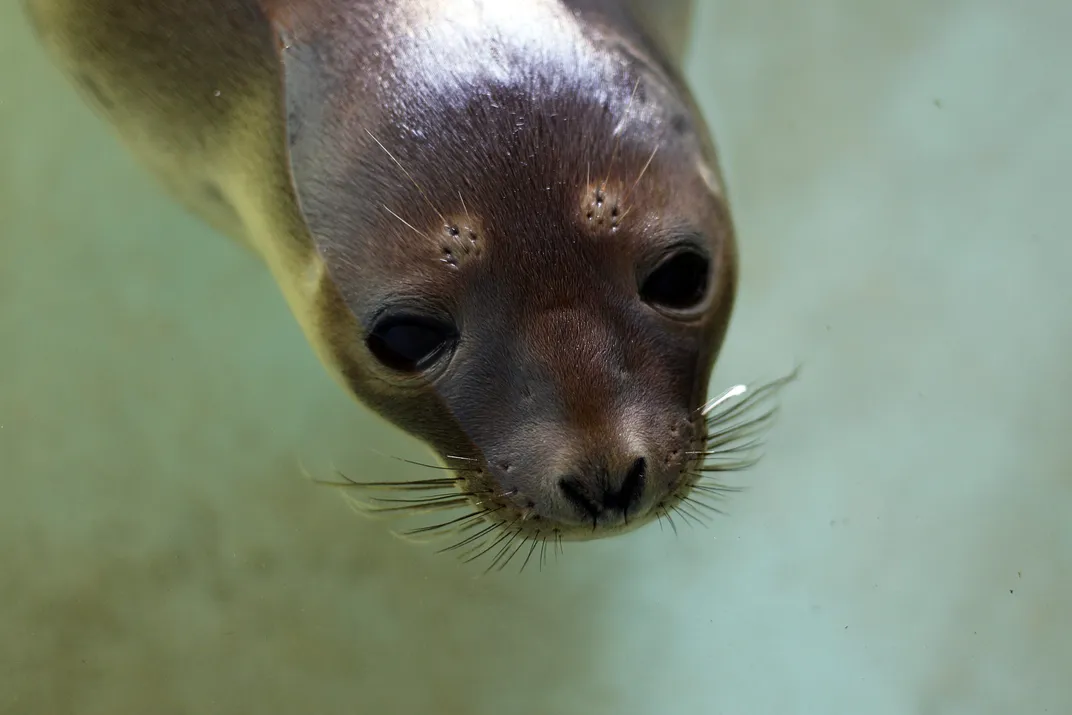
Hooded seal mothers produce the fattiest known milk. Human breastmilk has about three to five percent fat in it. But with more than 60 percent fat, hooded seal milk would rival some of the richest Häagen-Dazs ice creams out there. Such a high-fat diet is crucial for the seal pups, because these animals are born into the freezing waters of the North Atlantic and Arctic oceans. Seal mothers give birth to pups on floating ice, an environment that is both unstable and unreliable. So the mother seal feeds her pups for only four days, packing a lot of energy-dense fat into her milk.
During this super-short nursing period, the pups can consume about 16.6 pounds of milk every day. By the time they are weaned, they are almost double in weight, researchers have found. The high-fat diet helps the pups put on a thick layer of blubber that serves to insulate their bodies against the harsh, cold environment, says Amy Skibiel, a lactation expert at the University of Florida.
Black Rhinoceros (Diceros bicornis)
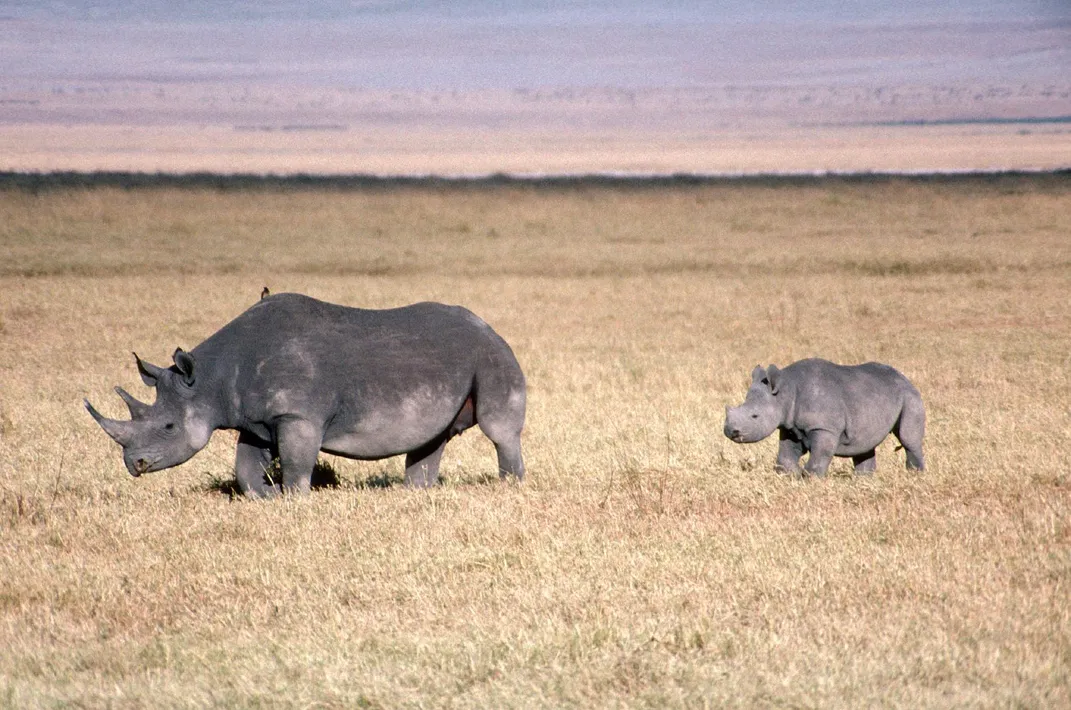
By contrast, the black rhinoceros has the skimmest milk on the fat spectrum. A rhino mom produces milk that is watery and has only about 0.2 percent fat. This dilute milk may have something to do with the animals' slow reproductive cycle. Black rhinoceroses become capable of reproducing only once they reach four to five years old. They have long pregnancies that last for over a year, and they give birth to one calf at a time. Then they spend a considerable amount of time—almost two years—nursing their young.
In a 2013 study, Skibiel's team found that species that lactate for longer durations tend to have lower fat and proteins in their milk. "And that makes sense, because if a female were lactating for a few years and really investing in putting a lot of nutrients into her milk, that's not really sustainable over a long period of time," Skibiel says. "That's probably the reason why we see such low fat in the black rhinoceros milk."
Tammar Wallabies (Macropus eugenii)
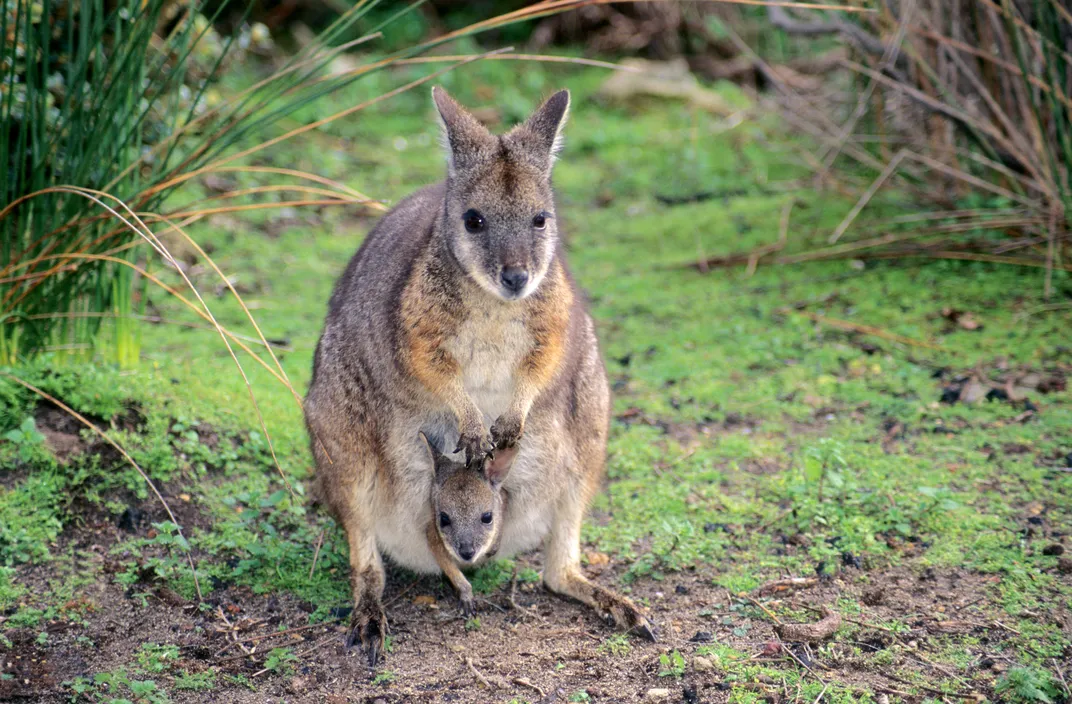
Tammar wallabies, found in southern and western Australia, produce sugar-rich milk for their joeys. Their milk contains about 14 percent sugar, double the amount present in human milk and one of the highest levels among mammals. The types of sugars in their milk are different, too. The predominant sugar in human milk is lactose—a sugar that breaks down into glucose and galactose. However, milk of the tammar wallabies has very little lactose in it, and instead consists of high levels of other complex sugars called oligosaccharides. The reasons for this difference are still under investigation, but one idea is that the milk oligosaccharides may serve an anti-microbial purpose in a developing joey's gut.
Many marsupials, or pouched mammals, like tammar wallabies also have a unique way of controlling what goes into their milk depending on the ages of their young. For example, a tammar wallaby mother could be suckling an older joey from one nipple and an infant joey still in her pouch from another nipple, and she can produce two different milks for each of them. The younger joey may enjoy milk rich in sugars, while the older one gets milk higher in proteins and fat. "It's quite incredible that they are capable of producing two entirely different milks that are suited for the stage that that young is in," Skibiel says.
Eastern Cottontail Rabbits (Sylvilagus floridanus)
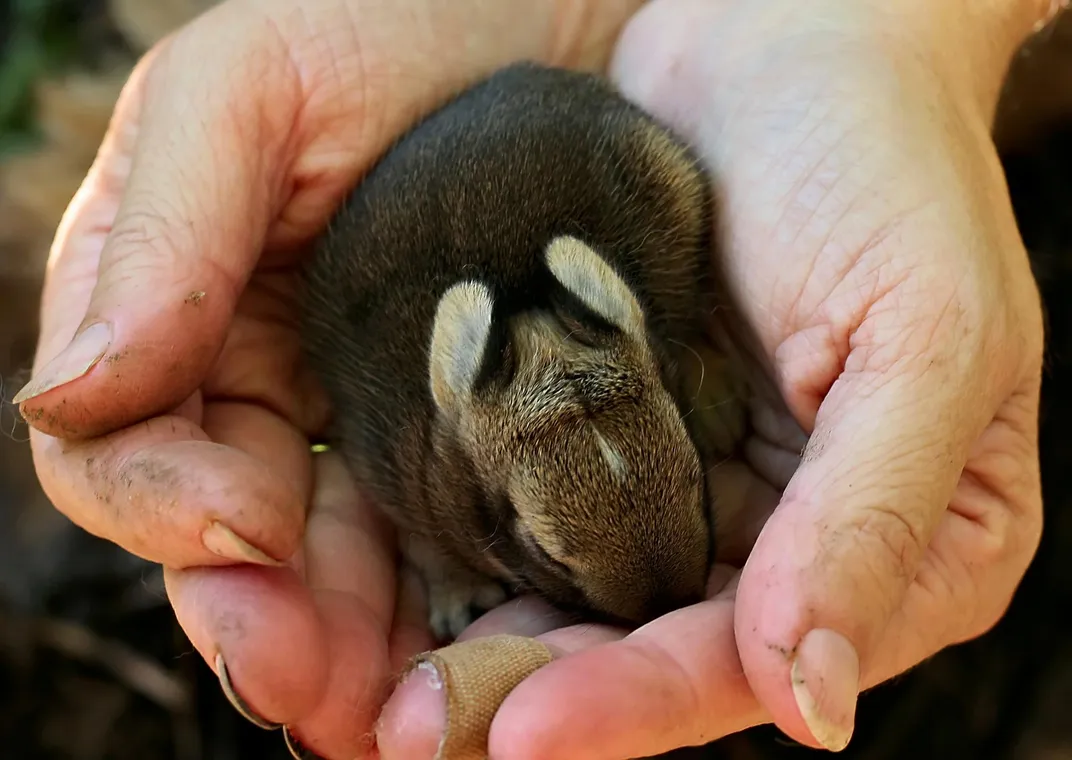
Milk from the eastern cottontail rabbit has around 15 percent protein in it—the most protein-rich milk researchers have found so far—and is also rich in fats. According to researchers, milk with high levels of both fats and proteins is seen among species that leave their young unattended for extended periods of time, while the mothers go off to forage. Cottontail rabbit mothers, for instance, return to their ground nests to nurse their young only once or twice a day.
"So during those times when they are nursing, the rabbit pups are probably consuming a greater amount of milk," Skibiel says. "And that milk is going to be higher in density, or richer in nutrients, basically to compensate for the time that they are away from their mothers and are not able to suckle." Following such a rich diet, the young rabbits mature quickly and are able to fend for themselves after only a few weeks of suckling their mother's milk.
Pigs (Sus domesticus)
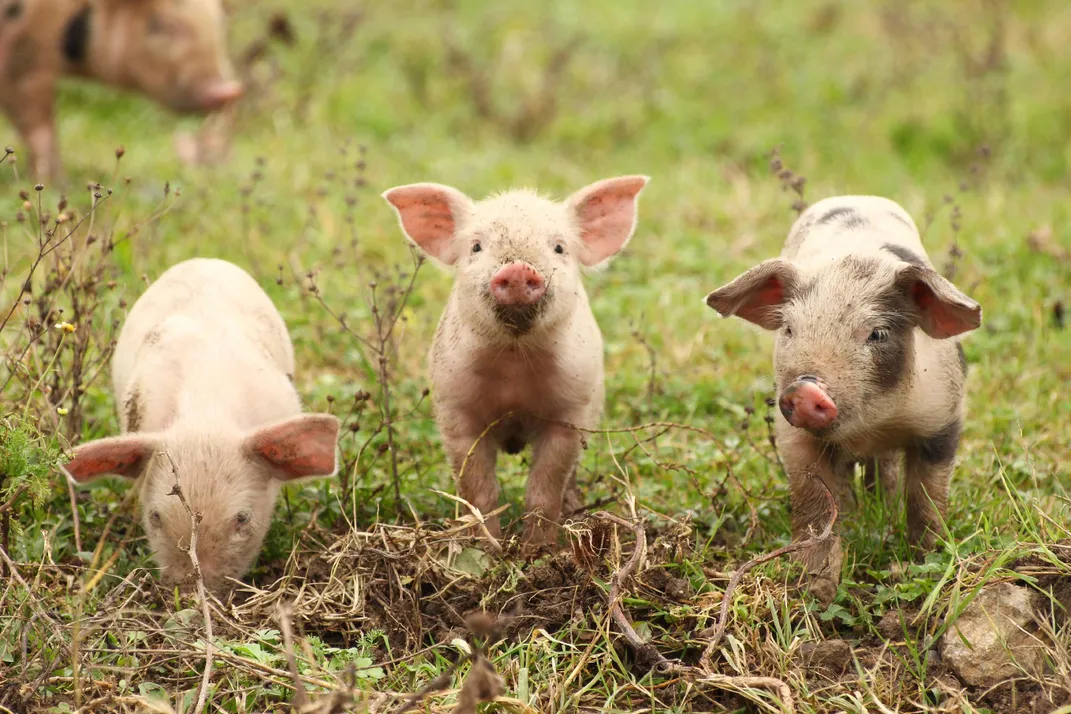
Pig milk is slightly fattier than cow milk but has similar amounts of proteins and sugars. Why then do we drink cow's milk but not pig's? The answer comes down to a physical limitation: sows are very difficult to milk. The female pigs have around 14 small teats, compared with the four large nipples on a cow's udder. Sows also eject milk to their suckling piglets in bursts that last only up to a minute, so you would have to wait for a really long time to collect even half a liter of milk. By contrast, cows store their milk in their udders and can eject milk continuously for several minutes at a time.
However, recently a farm in the Netherlands produced cheese from pig's milk. The rare product, which reportedly tastes saltier and creamier than traditional cow's milk cheese, sells at a whopping $1,200 per pound.
Pigeons (Columba livia)
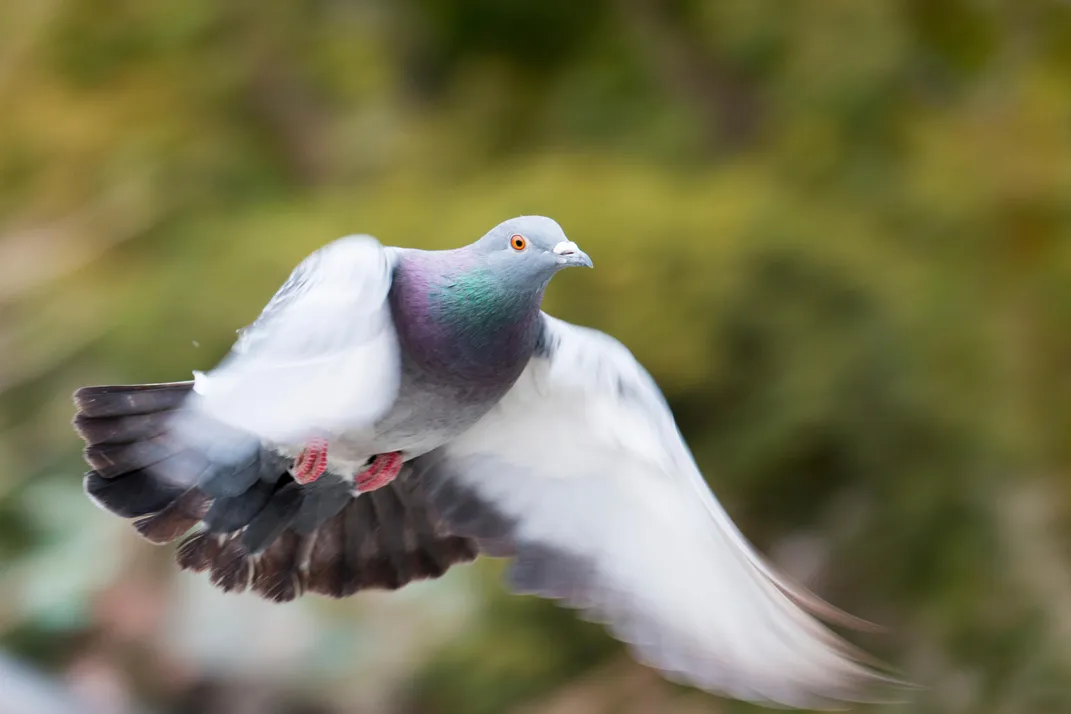
Mammals may have a monopoly on milk, but some birds, like pigeons, produce a milk-like substance for their babies, too. And unlike mammals, both male and female pigeons produce this milky substance to feed their young squabs. Pigeon parents produce what is known as crop milk, which is secreted into a small sac at the base of their throats that normally stores and moistens food. Once a squab is born, the pigeons regurgitate crop milk into the baby bird's mouth.
Pigeon milk mostly has high levels of proteins and fats, as well as some minerals and other nutrients. Flamingoes and emperor penguins are also known to produce crop milk for their young.
Humans (Homo sapiens)
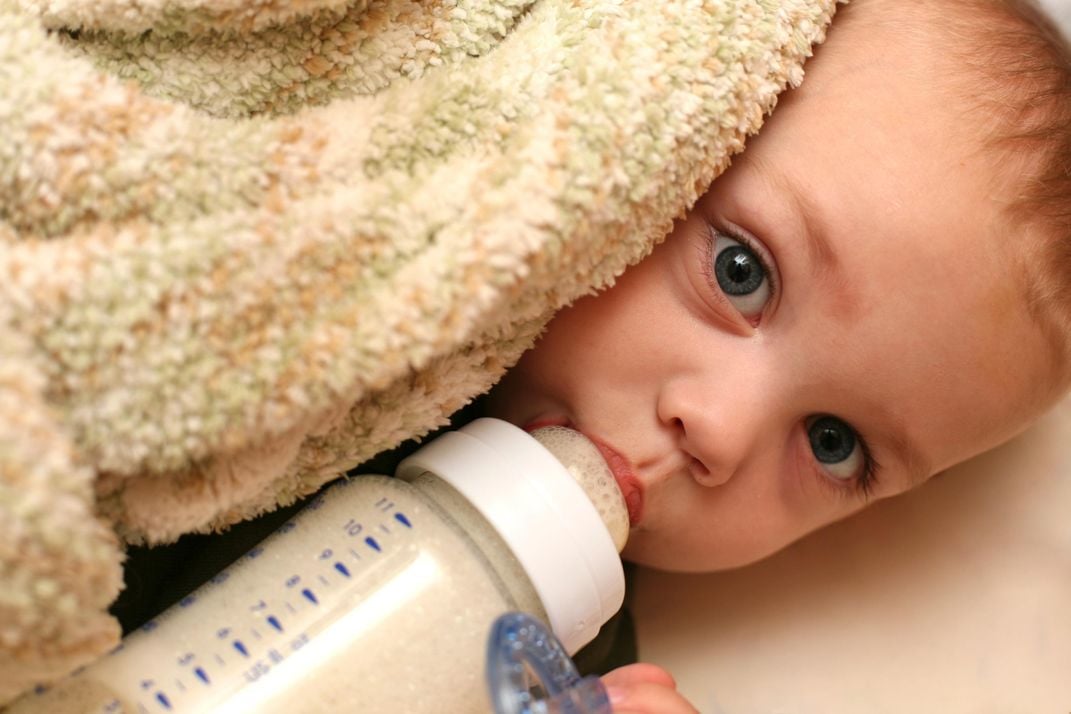
In her 2013 study, Skibiel found that, in general, closely related species have similar patterns of milk composition. For instance, the low-fat, low-protein and high-sugar blend of human milk does follow the typical pattern of most other primate milk. Humans also nurse their babies for long periods of time in general—sometimes up to a few years. And like black rhinoceroses' milk, the longer nursing period means that humans tend to invest fewer energy-rich nutrients into their milk.
We still have a long way to go before we completely demystify human milk. For example, human milk, like that of tammar wallabies, has an array of complex sugars called oligosaccharides. Researchers are only beginning to understand the role these sugars play in fortifying human infants. Still, there's a lot more research going into human milk than into milks of other species, Skibiel says. Scientists know the milk compositions of only 5 percent of the mammals living today.
"So some of the things that we know about human milk may not necessarily be unique. We just don't know if they exist in the milks of other species yet. And we don't have the data to make a comparative analysis."
Recommended Videos
Edible Cheese Can Be Made From How Many Different Mammals
Source: https://www.smithsonianmag.com/science-nature/seven-most-extreme-milks-animal-kingdom-180956588/